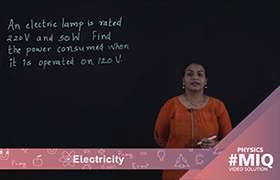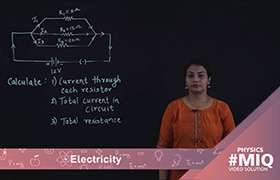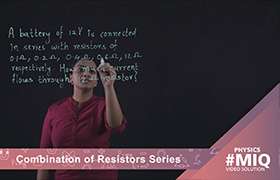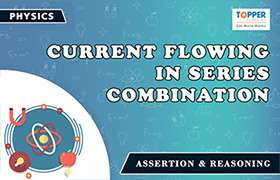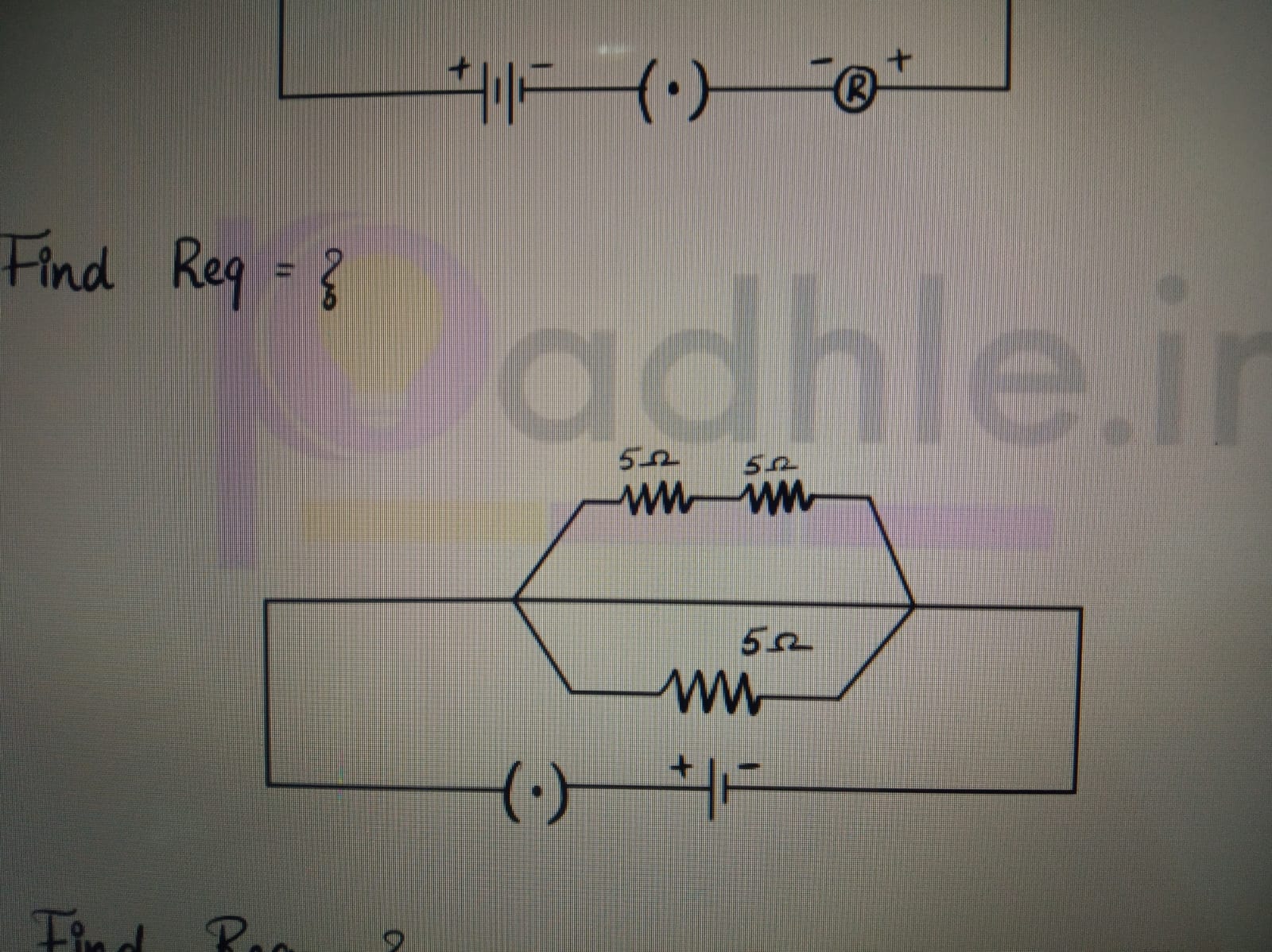CBSE Class 10 Answered
A junction is a point where at least three circuit paths meet.
Example: In the below given circuit, A and B are the two junctions.
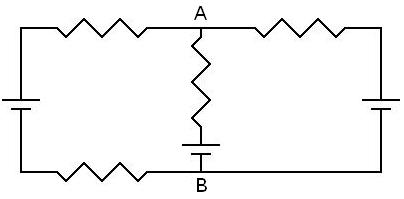
Resistors connected in series:
Two components are said to be in series, if they share a common node and if the same current flows through them.

In the above given circuit, the current flows from the positive terminal of the battery and it will pass through the resistor R1, then R2, R3 and then finally back to the negative terminal of the battery.
Hence, there is only one path for current to follow. Therefore, these resistors are said to be in series.
 Rs=R1+R2+R3
Rs=R1+R2+R3
Here, Rs is the resultant resistance. Thus, the resultant resistance of a series combination of resistors is the sum of individual resistances.
Resistors connected in parallel:
If the components share two common nodes, they are said to be in parallel.
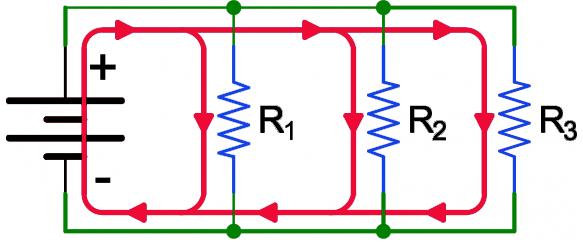
In the above circuit, from the positive terminal of the battery, the current flows to R1, R2 and R3. The node that connects the battery to R1 is also connected to the other resistors. The other ends of these resistors are similarly connected together, and then connected back to the negative terminal of the battery. There are three distinct paths that the current can take before returning to the battery, and hence the associated resistors are said to be in parallel.

Here, Rp is the resultant resistance. Thus, the reciprocal of resultant resistance of a parallel combination of resistors is the sum of reciprocals of individual resistances.

